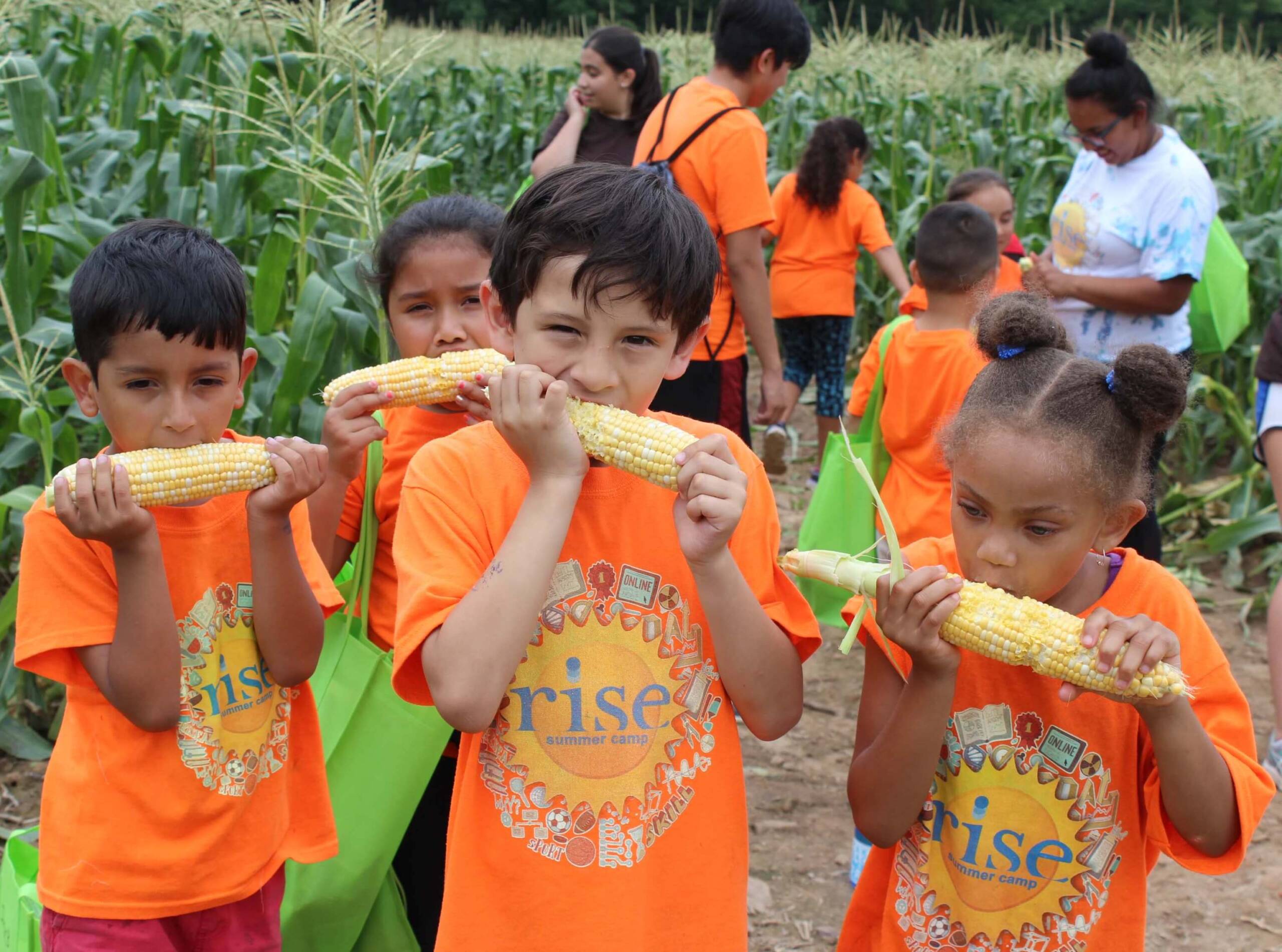America’s Grow-a-Row’s mission is to positively impact as many lives as possible through a volunteer effort of planting, picking, rescuing, and delivering free fresh produce to those in need. In 2014, founder Chip Paillex was named a CNN Hero. This is a year-long initiative that honors everyday people for their selfless, creative efforts to help others. Stop & Shop has supported this organization through the Bloomin’ 4 Good Program.
Tell us about America’s Grow-a-Row.
America’s Grow-a-Row is a program where volunteers help us plant, maintain and harvest produce distributed to food banks, food pantries, and hunger relief agencies. We distribute throughout New Jersey and beyond the state’s four corners. We go into New York, Pennsylvania and up to Maine, down to Virginia and out to Indiana and down to Texas.
When I started America’s Grow-a-Row, I had been with Unilever for 17 years. When we moved here to New Jersey for corporate relocation, I started a daddy-daughter garden with my four-year-old daughter. I was overzealous and had way too much of everything. I basically ran out of family, friends and coworkers to give it to. Then I saw an article in a local paper that said if you ever have extra produce, bring it to the food pantry and grow a row for the hungry.
I realized then that God had a calling for my family and me. I decided to leave the corporate world and make this a full-time thing. But what really drove the mission was going to the food pantry for the first time. When we brought our couple cases of produce, what was striking was that the people who were in line were from all different walks of life and struggling for whatever reason. They just wanted to feed their families.
If you go back to when we started the program in 2002, eating healthy fresh fruits and vegetables was less popular than it is today. When we went to the food pantry, they didn’t even have a cooler. We just walked in with a couple of cases of produce and dropped them off on the shelf. Then we left and felt we had done our good deed for the day. A woman came running out after me, and she said, “Sir, will you promise to come back again? I need fresh fruits and vegetables for health reasons, but they never have any here.” It was a very moving experience and really kicked things off. It prompted us to do some research, and we found that at the time, a million people in New Jersey alone faced food insecurity.
What services do you provide to the community?
We generate around two and a half million pounds of produce yearly. Essentially, that’s feeding 86,000 people every single day for 16 weeks. Another way to look at it is to imagine a line of people 17 miles long at our front door every single day in season.
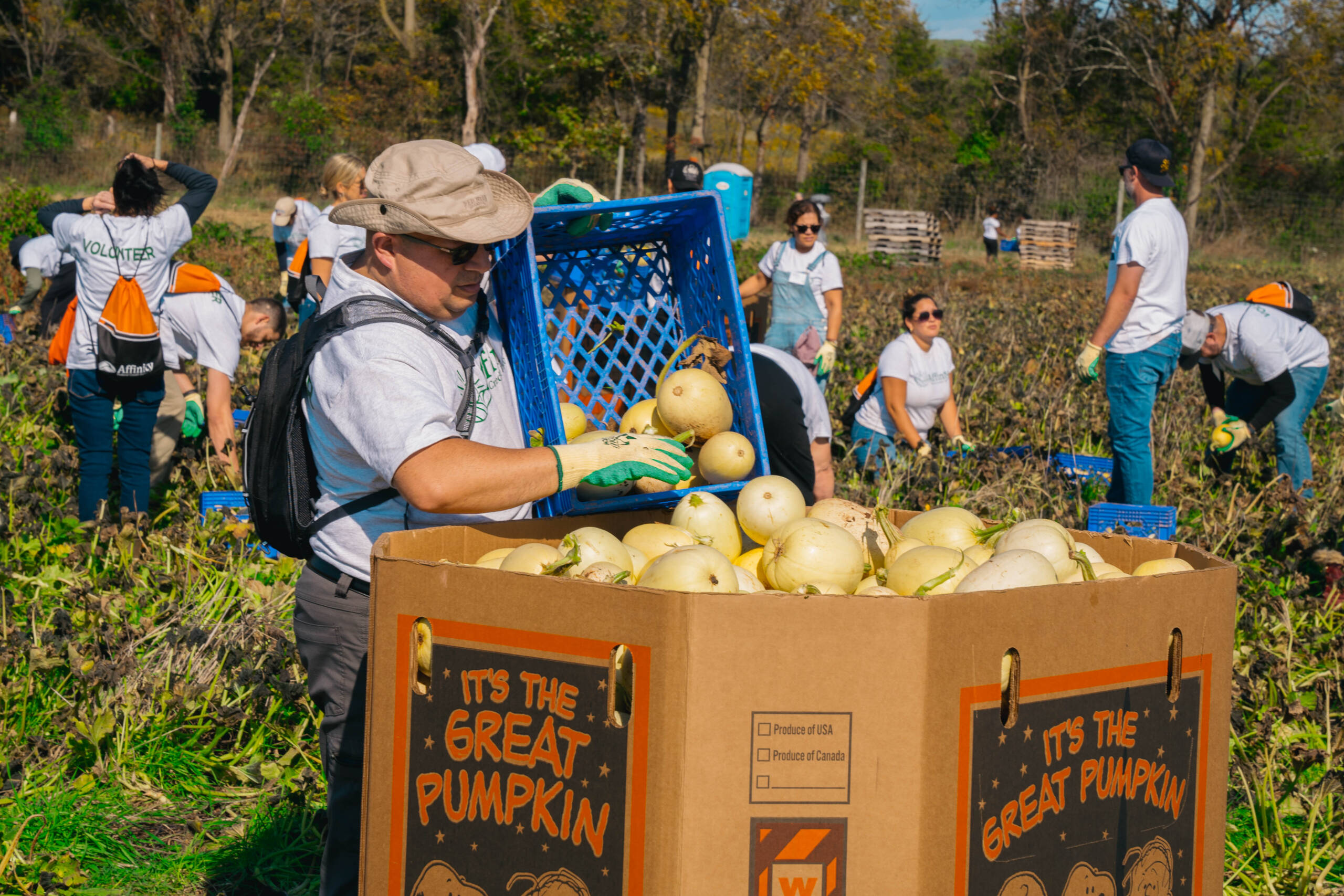
A lot of great people have come together to make this happen, from individuals who volunteer to corporations. From a funding standpoint, we don’t accept state or federal funds. We just have individuals, private foundations and companies that support our efforts.
Our program is based on three pillars: Grow, *Glean and Give.
In the Grow pillar, we plant around 130 acres a year, although we have 423 acres in total. Our 9,000-10,000 volunteers come out and help during the harvest events.
We glean in two ways; first, with what we call off-the-field gleaning. It’s basically rescuing produce that might be on the edge in terms of selling but still has another week or so to go in terms of the use-by date. The process is very much like Meals on Wheels. Our volunteers come in daily, and they’ll pick up the produce from stores. It’s immediately distributed to hunger relief agencies within our area. We rescue around 150,000 pounds a year from that effort.
At the same time, we also do what’s called on-the-field gleaning. If you’ve ever been to an apple orchard and picked apples, what happens when you pick one? Two or three falls on the ground! So, our volunteers come in and scoop up those apples after a busy weekend. And, again, the same model. It gets distributed right away. Around a hundred thousand pounds are rescued across two different orchards with those efforts.
And then our third pillar is Give. And that’s where we give volunteers the opportunity to have a very unique, hands-on experience in the field, learning about agriculture. There’s also an educational component for the volunteers to learn about hunger and food insecurity. We also go into underserved areas and teach youth and adults about healthy eating, how to eat healthy on a budget and where their food comes from. We then open up the farm, and these groups come out to harvest. And then they’re educated in our farm-to-fork teaching kitchen with our executive chef, who shows them how to prepare a meal. So it’s also a farm-to-table experience for people who otherwise would not have that opportunity.
Our executive chef is wildly talented. She also works on our Produce Prescription Program, which focuses on the premise that food is medicine. We work with diabetes and nutrition centers and cancer institutes. Resident physicians come in and learn about the positive impacts of healthy eating on their patients.
In addition, we have a Free Farm Market® for areas that are food deserts. People pay what they can or nothing. Whatever dollars do come out of that, we reinvest into the community.
We also have about a thousand “recipient volunteers” who want to be part of the process, be engaged and have some ownership. They come out throughout the course of the season, volunteer in the field and receive produce. It’s not our farm. It’s everybody’s farm. We want everyone to have access to it and enjoy the experience of harvesting for their families.
What sets you apart from other nonprofits in your community?
The first thing that comes to mind is that we are a unique model. Given all that we do, from education to volunteers who help with the farm and everything else in between, it defines us within the hunger relief world.
We’re different from your traditional food pantry or food bank. We’re actually producing the food that then is reallocated and distributed as opposed to relying on donations of food. It might seem like a small difference, but it’s a major difference.
And then the other piece is how critical the timeliness of our volunteering is. When the plants are ready to be harvested, that’s it. They’ve got to be harvested, and we need all hands on deck.
Tell us a story that illustrates the good work of your organization.
We have one of our Free Farm Markets® set up in the inner-city area of Jersey City. On a sweltering Saturday morning, we had a long line of a few hundred people waiting for an hour or two for their produce.
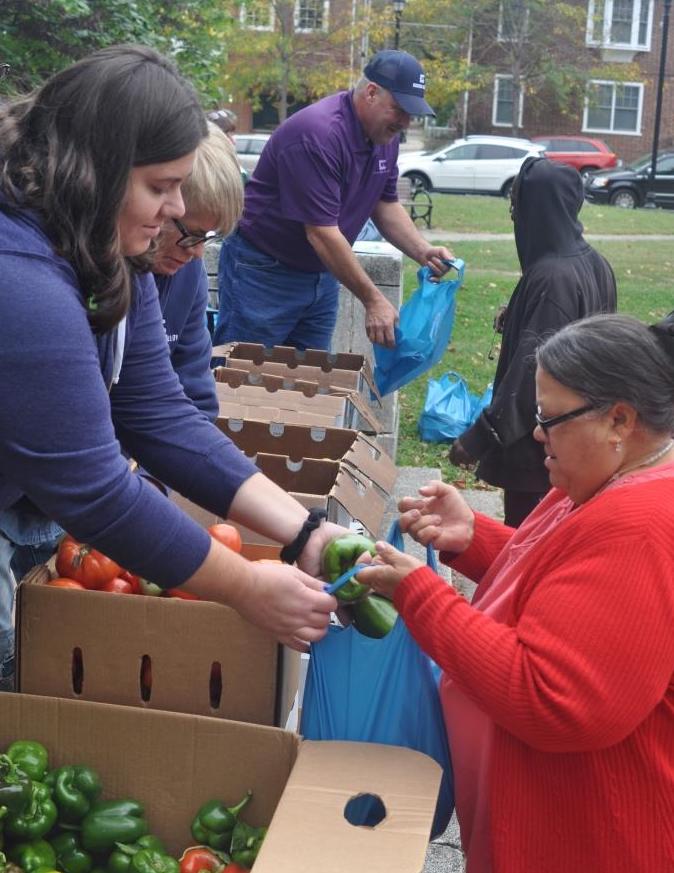
And during the middle of this, a woman, a senior citizen, passed out. It turns out that she had diabetes and that her blood sugar was off. She received the medical attention that she needed, and she was fine. But we further learned that she couldn’t afford fresh fruits and vegetables. She couldn’t afford food. And she couldn’t afford the medication for her diabetes. But she could regulate her blood sugar through the produce we gave her. What we realized is that it’s not just a nice thing; in terms of providing healthy food, it’s a necessity. And so the work that we’re doing isn’t just a feel-good thing; it’s critical for the overall health and well-being of the folks whom we serve. I think one of the most tragic parts of our society today is that the people who need healthy food the most cannot get it. They can only access packaged, processed and canned. And it’s perpetual because if children are not exposed to healthy food because the parents aren’t exposed, now you’ve got another generation facing the same issues.
What is your most outstanding achievement or contribution to the community?
The fact that we’ve been able to create a program where no one is excluded, and everyone is impacted. As I mentioned before, our goal is to impact 100,000 people a year. That is what drives us. It’s not about just growing produce and getting it out to those folks who need it, which is huge in its own right.
It’s the fact that we’ve created a program where people of all abilities can be part of the program. Everyone can be involved and included.
What it means most to me is that anyone who comes here walks away feeling just a little bit different. I believe that everyone has a passion and that there’s a purpose that can be served with your passion. My passion was gardening, but it turned out that there was a purpose that needed to be served, and that was to feed people in need.
What do you want people to know about America’s Grow-a-Row?
I would return to what I was saying about passion and purpose, setting our program apart so that anyone can make a difference.
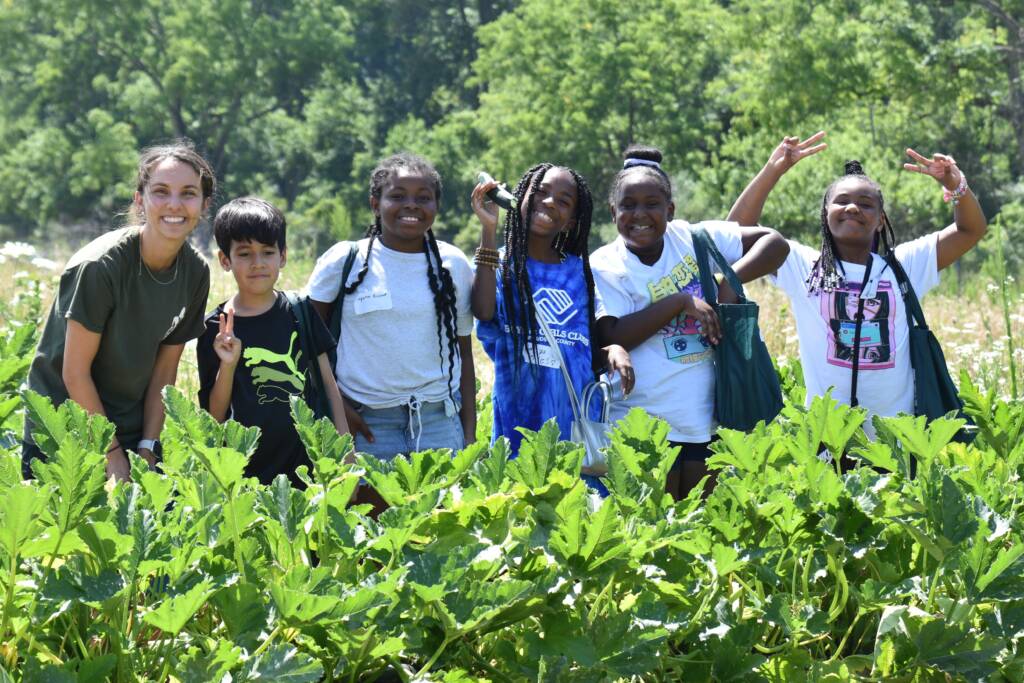
How are you using the funds raised from the Stop & Shop Bloomin’ 4 Good Program?
The funds will go into our Fresh Produce Initiative, which is the cornerstone of what we do. It underwrites all the major programming elements. It will contribute to what we hope to be 2.6 million pounds of produce that we’re looking to harvest and distribute this year, amongst all the other activities: 4,000 folks educated throughout this season; 1,000 youth from underserved areas who can visit the farm; 1,000 recipient volunteers and the 9,000-10,000 volunteers that we expect to come out this year as well.
Is there anything you’d like to add?
If anyone would be interested in volunteering or financially supporting America’s Grow-a-Row, they can simply go to our website. Everyone’s contributions make a difference.
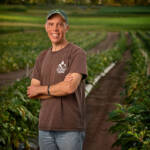
(Photo by Bill Wadman)
Published April 11, 2023.
*Glean: To collect gradually and bit by bit. Gather leftover grain or other produce after a harvest.
